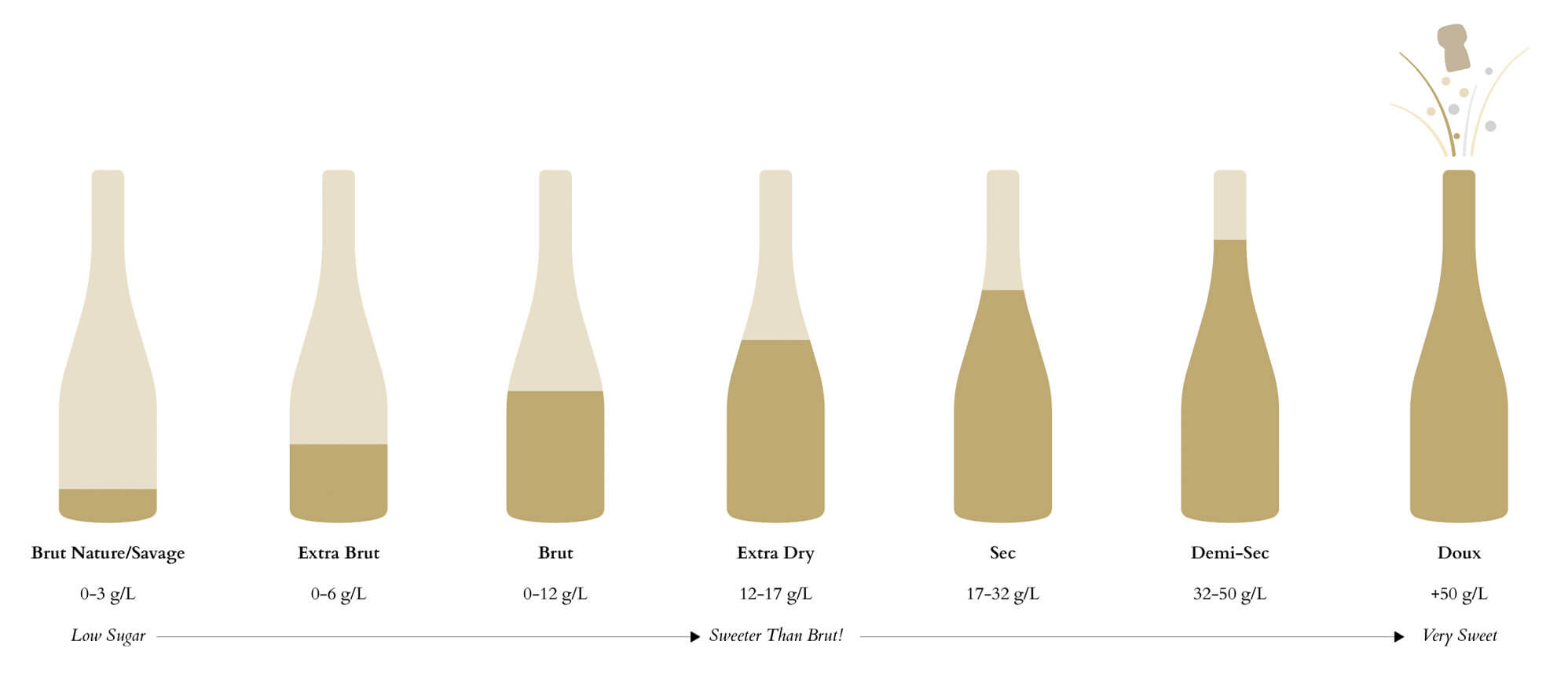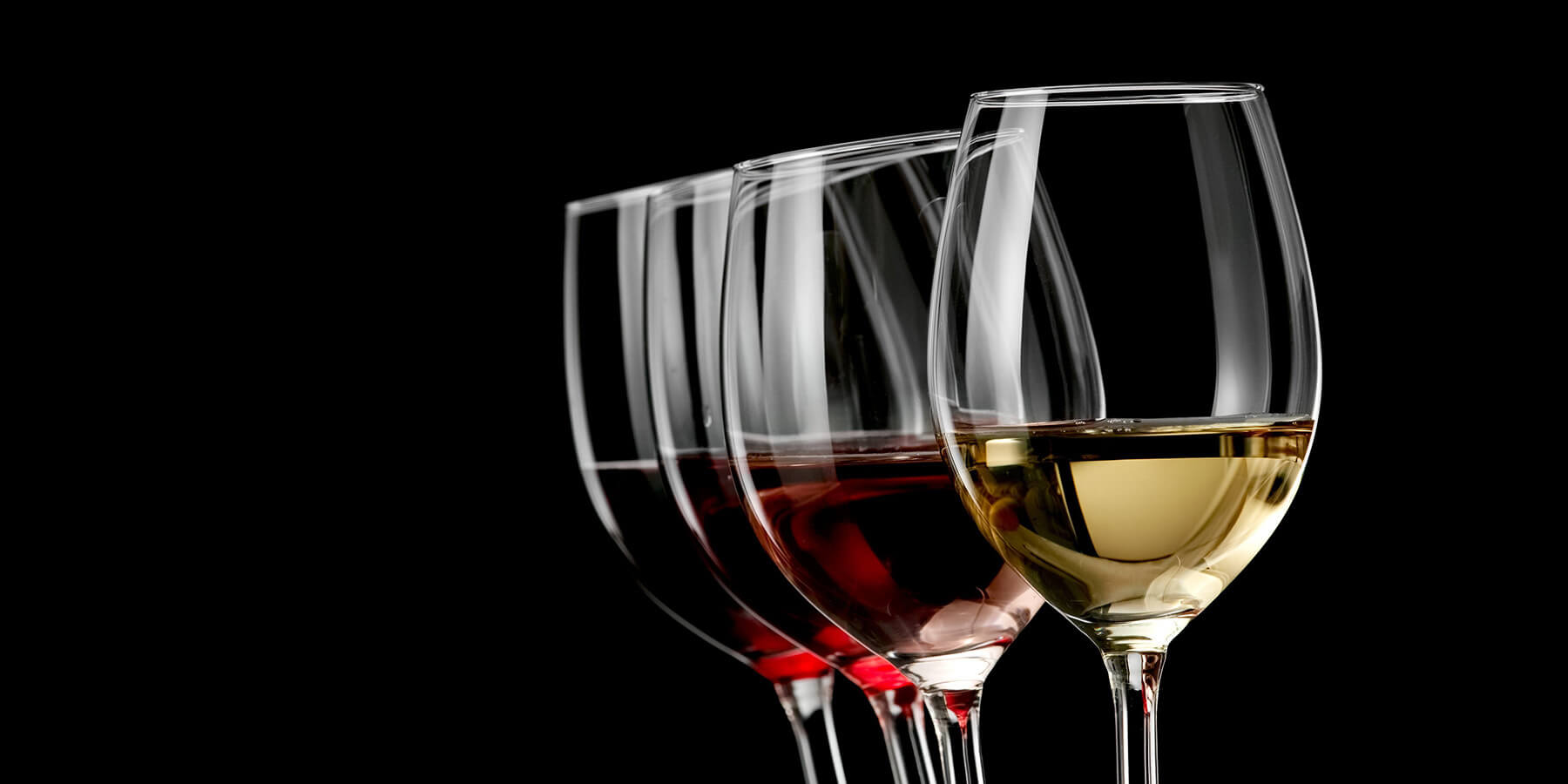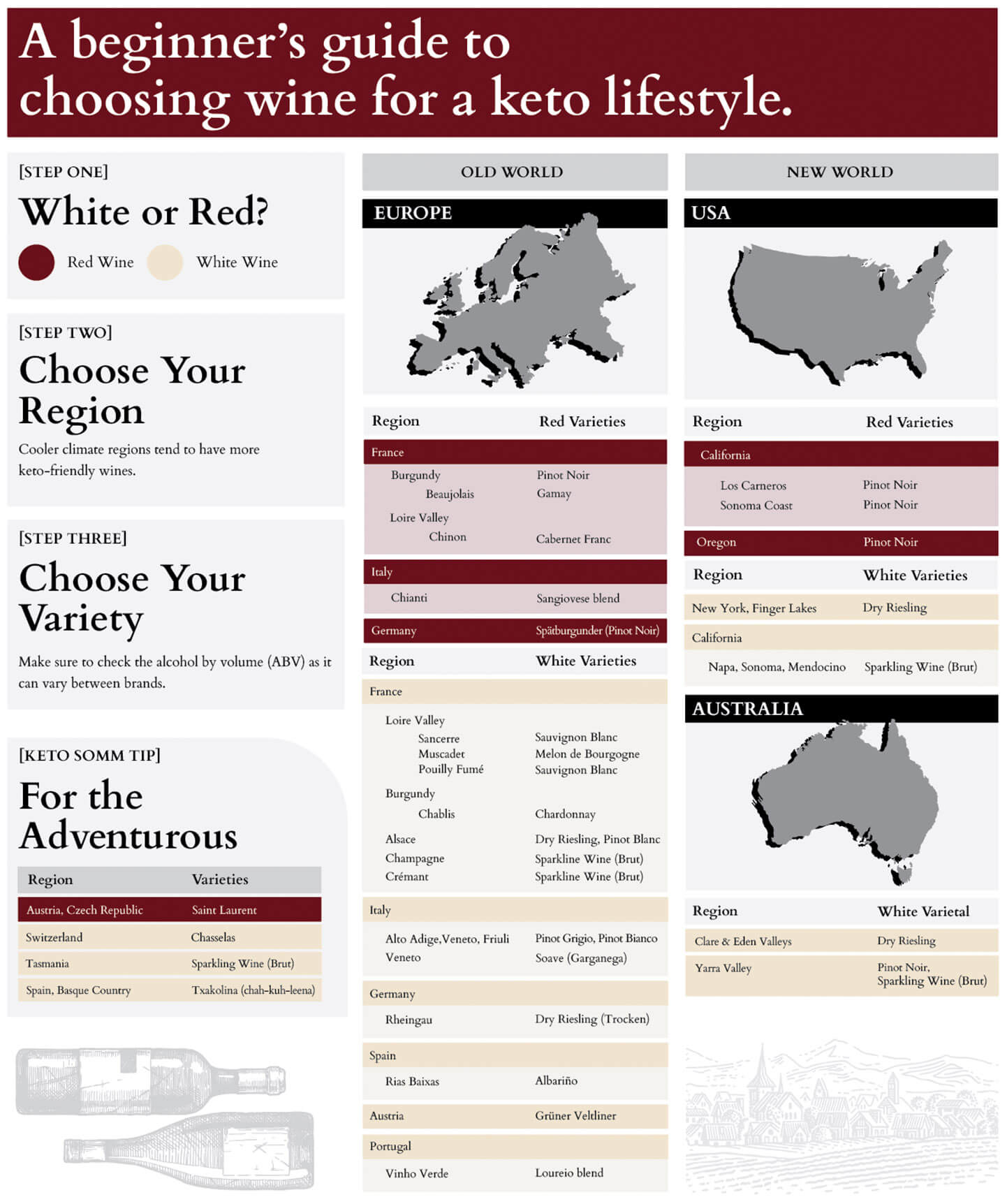Should wine be included in a Keto Lifestyle? To make your own determination, you have to ask yourself, what is your “Where” and your “Why”? Where are you on your keto journey? Are you new to keto or a metabolically flexible veteran? And why are you keto? Are you doing it for general health, weight loss, cancer therapy? How strict do you need to be to address your why?
When I began the ketogenic lifestyle 6 years ago, I wanted to lose weight but also had autoimmune issues, and as a breast cancer thriver of 3 years, I wanted to increase my health span odds. I had a really hard time getting into ketosis and was miserable. Although I was studying for my sommelier certification, I decided to give up drinking wine for 2 months, just so I could get myself solidly into nutritional ketosis.
I then took it very slowly, checking my glucose and ketones often to test for tolerance and gauge my limits. I gradually added wine back in, sometimes having a spritzer of a nice low alcohol white wine and seltzer instead of a full glass of wine. I am now at a comfortable weight and can easily share a bottle of wine with Mister Mojo without dipping out of ketosis. I still test often, especially when trying a new wine or food as I want to know my boundaries so I can make choices that fit my bio-individuality. I am careful not to over imbibe as I find that when I do, it can lead to poor food choices. Your decision whether to drink or not is solely dependent on your own particular “where” and “why.” If you are on a metabolic tightrope, it might be best to tread lightly and learn your limitations in order to determine if alcohol is right for you.
Some might ask, why drink at all if you have these concerns? Well, I am an adamant believer that Keto is not a diet, but rather a lifestyle that should be embraced. In order for it to be sustainable, one must find balance. For me, wine is more than just drinking alcohol. Through my years of study, I have learned to respect wine and cherish the ceremony it brings to any meal or occasion.
Wine invites conversation and facilitates community and is, therefore, an important part of my life – so I save my carbs for wine!
The Intersection of Alcohol and Ketone Production
Before we really dig in, let’s look at how alcohol affects the body. As you know, alcohol is processed in the liver, as is fat (which converts into ketones). Because of how alcohol is metabolized, ketone production and fat burning will slow down when the liver is busy metabolizing alcohol. Basically, the liver will process the alcohol first, so ketone production is put on pause until the alcohol is expelled. This is a temporary effect, but you still need to be concerned with the sugar and carb content as it relates to your own particular macros, because alcohol does have calories. For a deeper dive, check out this video.
It makes sense then, that the more alcohol you consume, the longer your fat burning will be put on hold as it waits for the alcohol to be expelled. So, it’s not only important to drink in moderation, but also best to choose a “dry” lower alcohol wine – ideally, one that comes in under 12.5%, but some can stretch to 13% alcohol by volume (ABV). I’ll go into more detail on alcohol levels and sugar levels below, as these are the two most important factors in determining whether a wine might be “keto-friendly.” And to help bring it all together, let’s do a quick primer on how wine is made.
Terroir
More than a simple plot of land, it all begins in the vineyard. In The Metabolic Approach to Cancer, Dr. Nasha Winters speaks about terrain and uses the metaphor of your body as a garden. For our purposes, let’s use this metaphor in reverse. Think of the vineyard as a body, which is the perfect segue to the concept of terroir, which roughly translates to the “sense of place” – the sum of the environmental factors that affect the vineyard, such as climate, topography, soil, trellising, and vine orientation. I would also include farming practices: pruning, tilling, irrigation, pest and disease control, and harvesting. You may ask, why is this important if all I care about is if the wine has sugar?
Those of us who are metabolically damaged are keenly aware of how additives and chemicals can wreak havoc on our immune systems. Just as we manage what we put into our bodies in order to create better health outcomes, the elements of terroir are determinants that come together to create the finished wine. You hear a lot these days about various sustainable farming practices, such as organic, biodynamic, permaculture, regenerative farming.
I could go down a rabbit hole discussing these practices adequately. They deserve their own examination at a later date. The bottom line is that wineries should actively seek to not only remove toxic pesticides and chemicals, but also, to improve the land through soil building, nurturing microbial ecosystems, and advancing the overall health of the vineyard. Terroir dictates the wine’s unique identity, which includes many factors that contribute to the final alcohol and sugar content of the finished wine.
Harvest and Sugar
When deciding when to harvest the grapes, winemakers look for a balance between flavor, sugar, and acidity. This choice is one of the most impactful factors regarding sugar, as the longer grapes remain on the vine, the more sugar they accumulate. Think about the grape to raisin journey. As the grape ripens, acid is broken down into sugar, so the longer the grapes are left to ripen, sugar levels in the grape increase, the level of acidity in the wines decrease.
Acidity and Sugar
Acidity is another topic that deserves more discussion at a later date, but generally, the higher the acidity in the grape, the lower the sugar, resulting in wines with a lean crisp profile versus overripe and sweet.
It’s important to note that grapes grown in cooler climates (keep this in mind for later) typically contain higher acidity because there’s less warmth and sunshine available to increase the grapes’ sugar levels. Also relevant to this discussion is the fact that high acid wines age better and are more stable, which makes them less prone to contamination or microbiological degradation, hence, less need for sulfites. Although we can generally say that high acid and low sugar wines are preferred for keto, once again one must always come back to balance. If the acid is too high, the wine can taste astringent and sour. On the flip side, high acid can sometimes mask sweetness, as with certain Rieslings.
Fermentation and Sugar
You probably know that wine is basically fermented grape juice — a chemical reaction, whereby the metabolism of yeast converts the sugar in the grape must (the pulp, skins, seeds, and juice) into ethanol (alcohol). In general terms, the higher the sugar content when the grape is picked, the higher the alcohol level after fermentation, unless you stop the fermentation. And if the fermentation is stopped before the yeast has consumed all of the sugar, there will be residual sugar (referred to as RS). In general terms, a wine is considered dry when all the sugar in the grapes has been fermented and converted to alcohol.
Sugar content is measured in grams per liter (g/L). Classifications of sugar levels vary by country and may be dictated by regional wine laws, such as the Appellation d’Origine Contrôlée (AOC) in France, but typically, “dry” is classified as <5-9 grams per liter. That may seem like a lot but remember that’s for a liter. There are 750 ml in a bottle of wine, which equates to approximately five (5 oz) glasses. So, if you know the wine’s sugar content, to calculate how much sugar in a bottle of wine, multiply the g/L by 0.75 and for a glass of wine, simply divide that by 5. This means that dry would come in at <0.75-1.4 grams per glass. An example of “dry” to “sweet” range would be a Vinho Verde at 0.18 grams per glass compared to a Sauterne, which can reach upwards of 26.25 grams per glass. For reference, a 5oz glass of coke contains about 16.5 grams of sugar per glass.
Napa Valley Sidebar
In the 1970s, a typical Napa Cabernet Sauvignon tended to average between 12-13% alcohol and was predominately lean and balanced. And if you follow the trajectory, it is interesting to note that the alcohol content of Napa wine has risen steadily since the debut of the dietary guidelines in 1977.
Today, harvest has moved later and later for many wineries, and Napa cabernets can range upwards of 15% alcohol, tasting sweeter and more full-bodied than their 70’s counterparts. Soaring alcohol levels have paralleled Americans’ thirst for sugar and the rise of sugar and carbs in our diets. It is notable that certain celebrated wine critics have promoted and rewarded that fuller, sweeter style.
Winemakers have been known to actually add sugar to their wine in search of that elusive 100-point score. If you taste a low-alcohol lean wine next to a “flabby” high-alcohol “sweet” wine, the lower alcohol wine can seem angular and bland — think of tasting a coke next to a seltzer. However, looking at winemaking today, I would venture to say that the tide may be turning back. Many wineries are choosing to pick earlier, once again producing wines with a leaner more refined, and balanced style.
It’s clear that in a ketogenic lifestyle, we need to be aware of the alcohol and sugar in wine. Now, as a certified sommelier, I wouldn’t choose a wine solely on alcohol and sugar content. Among other things, I evaluate wine on the merits of structure, flavor profile, and complexity. For me, balance is the key point. I may first look at alcohol and sugar, but I then ensure that all of the other elements meld together.
Sulfites
A quick word on sulfites, as so many of us complain of a sensitivity to them. It is interesting to note the human body produces about 1000mg of sulfites in a day, which is 10 times more than those found in a liter of wine. So technically, we should all have a sulfite warning label slapped on our foreheads! To be clear, there are sulfites produced naturally during fermentation. Since Roman times, sulfites have also been added to preserve freshness, promote stability in aging, and protect the wine from oxidation and unwanted bacterial contamination. This subject definitely deserves a deeper dive (stay tuned!).
How to Choose Wine
Ok then, after all this —which are the best wines to choose? Well, unfortunately, it is almost impossible to find a wine bottle that includes nutritional labeling (although we hope that changes in the future!). Since we can’t be guided by calories or carb levels, let’s use the information we’ve learned. We’re looking for:
- Low alcohol by volume
- Low sugar /residual sugar – “Dry”
- Cool climate
- Sustainable farming practices when possible
This is where it gets good. I’ve seen a lot of erroneous information out there, where people recommend “Keto” wines by varietal, suggesting that Cabernet Sauvignon, Merlot, Sauvignon Blanc, or Chardonnay are all good keto choices. I would counter and say that it is simply incorrect to make this broad generalization. It would be far better to first search by region and climate when searching for a wine that will work with your keto lifestyle. A high alcohol 14.9% buttery oaky Chardonnay from Napa will have much different attributes than a low-alcohol 12.5% steely chardonnay from Chablis. Likewise, Pinot Noir from Santa Barbara will typically pack a bigger fruitier punch than a Pinot from Burgundy. Think Terroir!
Navigating Wine Regions
Although I live in Napa Valley, I tend to veer toward “Old World Wines.” This term simply refers to wines from countries where wines first originated, mainly in Europe, as well as some from the Middle East. The most notable countries are France, Italy, Germany, Spain, Portugal, and Austria, as well as some interesting choices to be found in Greece, Croatia, Romania, Hungary, Switzerland, Lebanon, and Israel. “New World” refers to the “newer countries” that have more recently begun to produce wine. These would include the US, Australia, New Zealand, Argentina, Chile, and South Africa. Why would I choose Old World? Quite simply because many of these wines tend to be from cooler climates and possess higher acidity and lower alcohol; whereas New World wines tend to be from warmer regions, resulting in higher alcohol more full-bodied wines. That said, the lines have blurred more recently if you consider places in Tuscany, home of the New World “Super Tuscans”, where winemakers rebelled against tradition and added higher percentages of Bordeaux varietals to Sangiovese — or Clare Valley in Australia, which produces amazing bone-dry Rieslings.
You can certainly find keto-friendly wines in the New World, but again, I would consider region and climate. By and large, the distinction between Old and New World is connected to wine laws. Old World regions are governed by a set of strict regulations that dictate alcohol levels, yields, sugar levels, to name just a few. New World regulations tend to be much less exacting. We need truth in labeling, but many Old World producers would argue against it, saying that they already impose stricter standards. Obviously, not all Old World regions produce low alcohol/low sugar wines, but on the whole, knowing the region, climate, and checking the alcohol content will give you the best head start.
Below you’ll find a beginner’s guide to choosing wine for a keto lifestyle. It’s as simple as one, two, three!
You will find that most of the red wines listed above will be light in color, as they are from thin-skinned grapes. You’ll also notice I didn’t mention rosés. There can be some amazing choices to be found, but there are varying styles. Both of these topics definitely deserve future musings!
A Word About Champagne & Sparkling Wine
The alcohol content of champagnes will tend to be low, typically under 12% ABV. However, just like Riesling, the acidity can mask residual sugar. But you’re in luck because Champagne does a terrific job of labeling sweetness. If possible, look for Brut Nature, sometimes called Brut Sauvage, as it has no added dosage (sugar) and is the lowest in sugar level.
And don’t forget other sparkling wines, notably crémant (French sparkling wines from regions other than Champagne), certain cavas from Spain, the light pet-nat (Pétillant Naturel), and some lovely domestic US sparklings.
If You Don’t Have Access to a Wide Wine Selection
What if you can only find “everyday” American wines? Many of you might live in a place where you can’t find the wines from the regions I mentioned, and only the basics, such as chardonnay or cabernet sauvignon. If so, then it’s time to look at the bottle, and try to find where it is from and the alcohol content. Definitely try to keep in under 13% alcohol. There are also now a multitude of online wine shops for you to explore. Do your research ‑ it can be fun to sleuth out, especially when you find a region you like.
Make it an Adventure
Start noticing labels. You can find some really interesting lesser-known varietals that are lower in alcohol, but still vibrant and balanced. Again, it becomes an adventure to find new wines to try. When you are at a restaurant, don’t be afraid to ask the server or sommelier about the wine, including the percentage of alcohol – as well as, if it is dry. If at a party, pick up the bottle and look at the label.
Let me finish by saying that there’s a lot of hype and misinformation out there on “Keto Wines” these days … Zero Carb, No Sugar, Biodynamic, Raw … Natural (for which there is no formal certification). There can be some fantastic finds, but there can also be inconsistency. Look past the marketing. It usually comes back to … you guessed it – balance!
Keto Somm’s Final Word
As a certified sommelier, I evaluate balance, structure, flavor, and food pairing potential. As a Ketonian, I look for a minimally processed low alcohol, dry wine that won’t kick me out of ketosis. As a Keto Somm, I want it all — enjoyment and fulfillment, not only for my palate but also for my mind and spirit. I am continually searching out unique wine options and will be sure to keep you apprised of any new finds in MojoMusings.
I look forward to diving deeper into the world of wine in future posts so together, we can unravel the mysteries of the grape — stay tuned!
And check out our wine recommendations on our blog!




